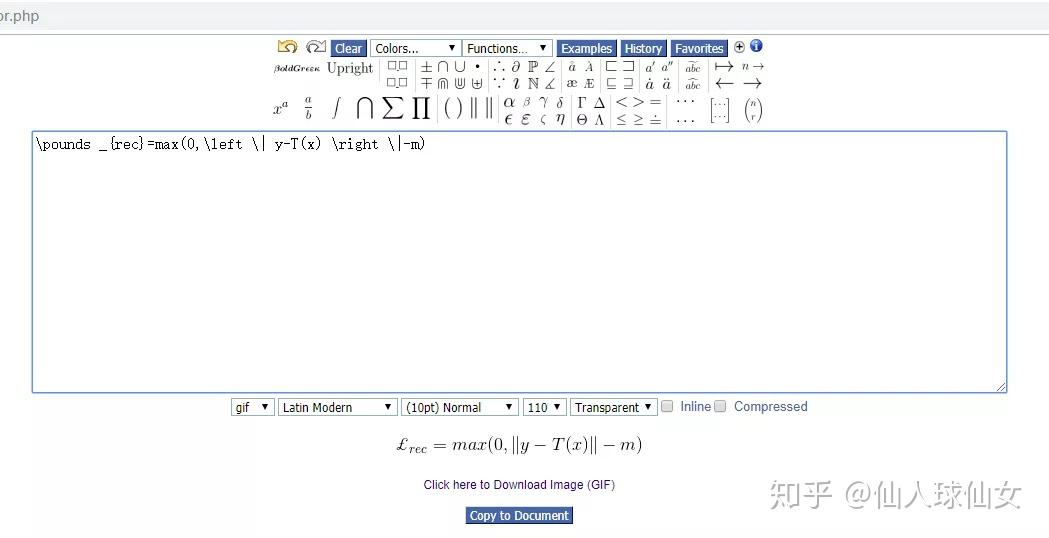

log file and look for "undefined reference"Ī frequently updated document with hints for working with LaTeX is at Overleaf (WebBased) If you still don't see the reference, chances are that you made a typo in the reference name or forgot to save the. So if you add a reference, you will need to run: (pdf)latex, bibtex, (pdf)latex, (pdf)latex Important: To make your bibliography/references appear, you need to run the pdflatex/latex command multiple times. In particular, always check the JabRef setting. Some programs choose other encoding depending on what operating system you are running.

Important: Make sure all files are encoded as UTF-8. Once you’ve done this, you can use your new package in a latex document.Posted by Joseph Timothy Foley on 14 January 2013 10:15 AMįirst follow the operating system specific directions below, then continue from here
#Miktex vs texstudio install
In all cases, be sure to read the documentation.Įvery time you install a new package, you need to rebuild the MikTeX inputs database (which it reads when it’s looking for a latex input). On Allegheny computers you do this by clicking Start > Programs > Courseware > Miktex > MiKTeX Options and then click Refresh Now.
#Miktex vs texstudio pro
pro extensions, in texmfdvipsbase or localtexmfdvipsbase. For instance, PSTricks needs some dvips inputs, files with. Some packages also need to put a few files in other locations. I usually put all documentation in a subdirectory of localtexmfdoclatex (I make a subdirectory for each package), but you can also use texmfdoclatex if you are not using a localtexmf directory.

These documentation files can go anywhere that makes sense to you. Generally, any other files with the package are documentation files, often with the extension. (Note that the exact location of the texmf and localtexmf directories will depend on your installation.) It’s a good idea to create a new subdirectory for each package. In the case of MiKTeX, this means put those files in a subdirectory of texmftexlatex or localtexmftexlatex if you are using the localtexmf directory for local customizations. Many have documentation telling you something like “put all files with extension *.xxx where tex looks for inputs”. Most packages are somewhat vague about where files need to be moved to. Typically there will be a message in the window indicating which files need to be moved, and where they should be moved to. This will create lots of files which then need to be put in the appropriate place. Where filename.ins is the name of the file with the. ins extension, then the first thing you need to do is “unpack” the package by opening a Command Prompt window, changing into the directory with the.

General guidelines for installing are listed below. Most packages come with instructions for installing. fancyhdr (allows you to do nice things with headers and footers).fullpage (sets smaller margins than article.cls, so more fits on a page).lastpage (needed if you want to number pages 1 of 10, 2 of 10, etc).pstricks (for creating postscript graphics in your tex document).The following packages are installed on the lab machines, but not included in the MikTeX distribution:
#Miktex vs texstudio archive
Packages can be found on CTAN, the Comprehensive TeX Archive Network, and can be downloaded from their web page at Once you’ve done this, you can use your new package in a latex document.įrom time to time you may find the need to add more LaTeX packages to your MikTeX installation. If you have other packages you would like to install, use the instructions below.Įvery time you install a new package, you need to rebuild the MikTeX inputs database (which it reads when it’s looking for a latex input). You do this by clicking Start > Programs > Miktex > MiKTeX Options and then click Refresh Now. MiKTeX comes with a large number of additional packages, which make more LaTeX commands available for use.


 0 kommentar(er)
0 kommentar(er)
